Unpretentious perennial flowers for the garden
Flowering plants will help turn an ordinary summer cottage into a paradise. Having planted perennial unpretentious flowers in the garden, it will be possible to admire the flowering for many years without investing much time and effort to maintain the colorful splendor. When creating flower beds, be sure to take into account the requirements of the culture for growing conditions and further care, the compatibility of plants with each other.
Flowering dates of perennials
To make your dream of a beautiful blooming garden come true, you need to choose plants so that they bloom one after another. Primroses are the first to bloom on the site. This group includes:
- snowdrops;
- crocuses;
- tulips;
- daffodils;
- hyacinths;
- primroses.
The bulbs of the listed colors are planted in autumn. When planting, you need to lay a full-fledged fertilizer (in stores there are special feeding for bulbous plants). Primroses can grow without transplanting for up to 4-7 years. When planting, it is imperative to add coarse sand or fine expanded clay to the soil as drainage. Bulbous flowers are convenient for planting in special plastic containers.
For early flowering plants, garden lilies of the valley bloom. They bloom in May and fill the garden with a wonderful scent. The place where lilies of the valley grow is better to fence around the perimeter, these flowers are capable of growing strongly. Culture does not need careful grooming. Then they bloom:
- delphiniums;
- splinter;
- anemone;
- loosestrife;
- catchment.
The listed flowers differ in their size and color palette, which allows you to create unique compositions. They can be planted in the garden with both seeds and seedlings. You can create a blooming rug on your site from the common liverwort. The plant grows rapidly and is able to exist in one place for more than 20 years. The color of the flowers of the liverwort can be white, pink, pale blue.
Peony looks good as a tapeworm on the lawn. This plant is long-lived, it can grow without transplanting for several decades, so you must first plant a bush in a sunny, windless place. For growing peonies, weakly acidic loams are best suited in places where moisture does not accumulate.
Most perennials bloom in the summer. At this time of the year, the site can be decorated with decorative chamomile, echinacea, lilies and daylilies, geraniums, gladioli, phlox, carnations, rudbeckia, morning glory. Roses and clematis become favorites of the garden in summer. In autumn, flower beds are decorated with dahlias, asters, chrysanthemums, ornamental cabbage.
Low-growing flowering unpretentious species
Compact perennials are used for border and carpet planting. They are planted in the form of a lawn, along the perimeter of the flower bed, along the paths. You need to select plants taking into account the illumination of the site and the composition of the soil. However, the soil can always be improved by adding additional components and fertilizers to it. Below are perennials for a summer residence, blooming all summer, with a photo and a name.
Forget-me-not
Plant height - 30 cm. Partial shade is best suited for flowers. The soil must be drained. Forget-me-not bloom begins in May and lasts for two months. If flowers grow in a sunny area, they will fade faster. Forget-me-nots are watered regularly, but in moderation. It is recommended to use granular fertilizer for feeding once a season.About 50 varieties of this plant have been bred for the garden, all of them have a delicate color of flowers and can form a solid flowering carpet on the site.
Primrose
Depending on the variety, the height of primroses can be 10-50 cm. The plant has many variations in color and shape of buds. With proper care, primrose bloom lasts all summer, and autumn captures in the southern regions. In general, the plants are very hardy and unpretentious. Faded buds must be removed, preventing seeds from setting. Primroses require moderate watering, can grow both in the sun and in the shade. In winter, the plants are stored in a greenhouse or in a basement, and in spring they are returned to the garden.
Periwinkle
The duration of periwinkle flowering depends on the species. Many varieties bloom for less than a month, but there are varieties that continue to bloom all summer. The perennial reproduces independently, releasing rooting layers. The plant is resistant and easily tolerates shade, cold, drought, and is not afraid of strong winds. The culture easily drowns out any plantings, so you should not plant other decorative flowers next to the periwinkle. Weeds near this plant also do not survive.
Violet
Long-flowering graceful violets can be used to decorate the garden. The perennial grows up to 20 cm tall and blooms from spring until the first frost. The color of flowers can be yellow, lilac, violet. The plant needs a well-drained, fertile soil. Violet graceful grows best in sun or partial shade. The flower is often planted in rockeries, rock gardens, used for border planting and mixborders.
Tall flowering perennials
Tall flowers are planted as a tapeworm, in the background of a flower arrangement, in the center of a mixborder. A large plant always looks impressive and eye-catching. Unpretentious long-flowering perennials are good because they practically do not require maintenance and at the same time look great. The names of these plants are familiar to many, but some gardeners may hear of them for the first time.
Mallow (stock-rose)
Spectacular tall perennial. The color of the flowers can be different. The plant is capable of reaching a height of 2.5 m, in some cases it requires a garter. Mallow is often planted along the walls of buildings or near a fence. Perennial goes well in group plantings with other plants. From leaving, the perennial only needs watering in dry weather. For the winter, the shoots are completely cut off.
Heliopsis
Flowers up to 1.6 m high, golden yellow in color, resemble miniature suns. Heliopsis is used for background plantings and as a solo plant. This species needs a lot of sunlight. Watering is moderate. It is advisable to plant a perennial in a drained fertile soil, then it will grow rapidly. The plant can reproduce by self-seeding.
Astilba
A perennial plant up to 2 m in height. It grows rapidly, forming lush bushes. Astilba blooms in early June, flowering lasts 2 months. Perennial loves moisture, grows well near a reservoir and in partial shade. Openwork leaves and colored panicles of inflorescences give astilbe a spectacular look. The color of flowers can be white, red, pink, lilac. With regular feeding, the plant can live in one place for up to 20 years. Requires hilling due to the growth of the rhizome.
Astrantia (star)
This is an unpretentious perennial for a garden with a height of 70 cm. The plant requires minimal maintenance, while it grows well in one place for up to 10 years. Astrantia inflorescences consist of many small flowers and wrappers, suitable for cutting. Any soil and lighting is suitable for a perennial, so you can plant a flower in any corner of the garden. Blooming lasts all summer long.
Daylily (krasodnev)
Old varieties of daylily are more unpretentious, but new items bloom more beautifully. In height, some varieties exceed 1 m. Duration of flowering is about a month.The plant prefers a lighted area and fertile soil with neutral acidity. Daylily can be grown as a specimen, it is also suitable for group plantings. Dense bush varieties can be used for border planting.
Valerian red
Spectacular perennial blooming from June to August. Well tolerates wintering, undemanding in care. Plant height - 90 cm. The quality of flowering is directly related to the illumination and fertility of the soil. In a sunny place, the panicles of inflorescences are especially lush and bright. The plant loves moisture. To preserve a spectacular look, the bushes are renewed every 3-4 years by dividing.
Decorative bow
Certain types of ornamental onions grow up to 180 cm in height. Flowering begins in June and lasts up to 3 weeks. Six-petaled small flowers are most often collected in spherical or hemispherical inflorescences. The color of the petals is predominantly blue, purple, pink. Decorative onions look beautiful when cut. Such a bouquet can stand up to 2 weeks. Dried inflorescences can beautify the interior of the house for months. The giant onion with inflorescences about 15 cm in diameter and almost 2 m high is especially effective.
Delphinium
Delphiniums of some varieties reach a height of 2 m. Tall stems require a garter. Leaves of different types are colored green and reddish brown. The plant likes partial shade and fertile, drained soil. Delphinium flowers are collected in paniculate or pyramidal inflorescences that occupy half the length of the peduncle. The natural color of the petals is blue or purple. Bred varieties with white and pink flowers. Delphiniums remain decorative for up to 7 years.
Black cohosh racemose
The perennial blooms from June to September with cream or white inflorescences. Spectacular carved leaves also serve as a decoration. The plant is often used for planting as a hedge. The height of an adult specimen may exceed 2 m. Black cohosh does not tolerate transplantation, therefore it is initially planted in a permanent place where it can grow up to 20 years. Perennial prefers shade and high humidity.
Volzhanka (aruncus)
The plant belongs to the Rosaceae family. Volzhanka looks spectacular due to feathery lace leaves and paniculate inflorescences. The color of the flowers is creamy white. There are two varieties of plants: Volzhanka dioecious forms a dense single bush, and Volzhanka Asiatica forms thickets.
The plant is unpretentious, develops well both in the sun and in partial shade. Its only requirement is increased soil moisture. Sometimes you can feed Volzhanka with organic or mineral fertilizers, but often you don't need to. Faded inflorescences must be removed to preserve the decorative effect of the bush. An adult specimen can grow in one place for more than 10 years.
It is the flowering perennials that make the garden beautiful and pleasing to the eye. Many flowers also attract pollinating insects to the site, which is important for other plantings. Unpretentious plants are convenient in that they require minimal maintenance and at the same time do not lose their decorative qualities. It is necessary to draw up a planting plan in advance, having thought over what types and where it is better to land.

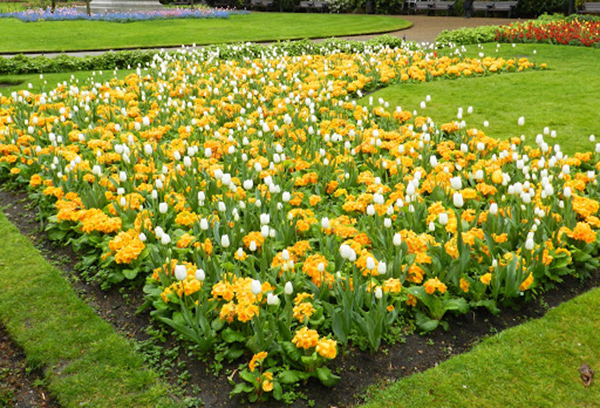
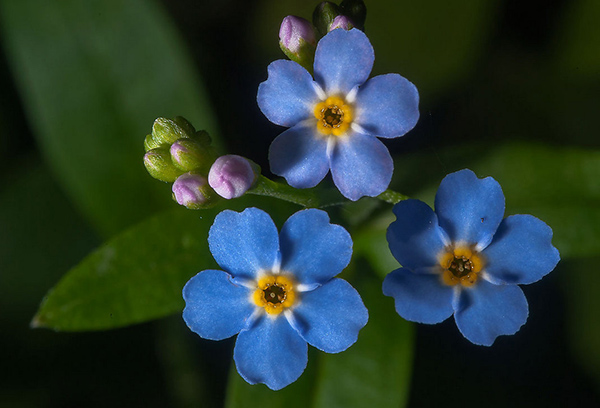
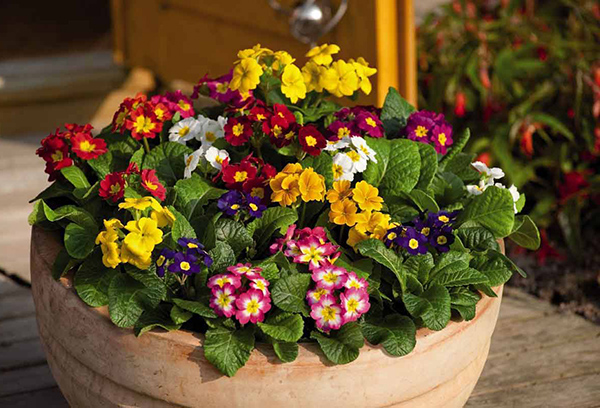
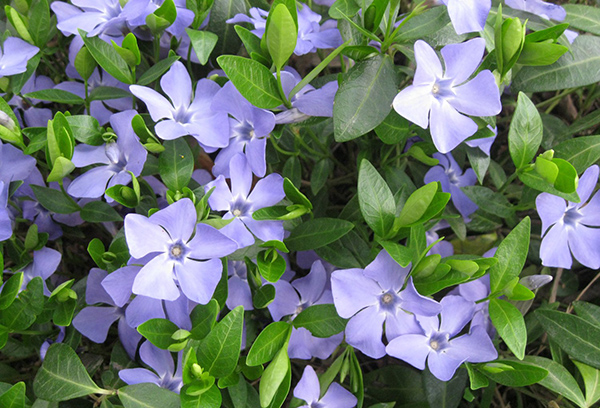
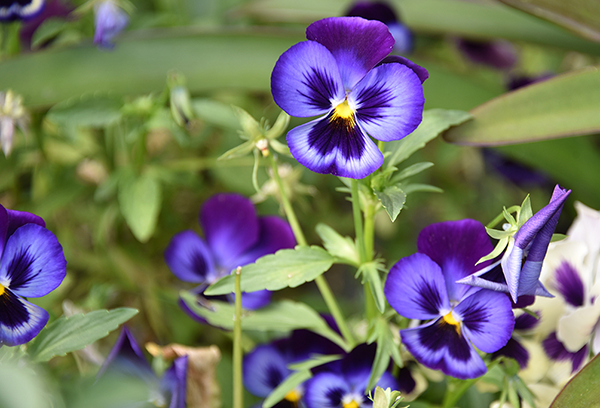
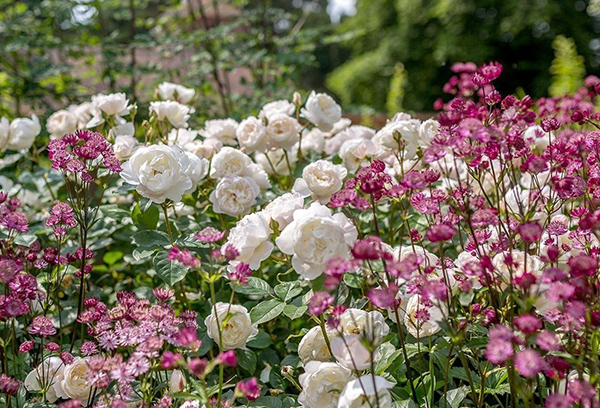
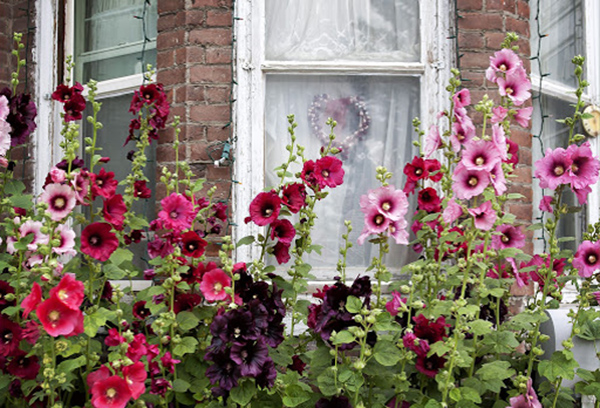
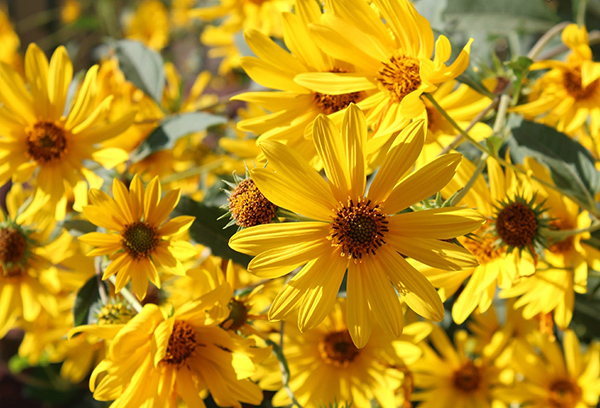

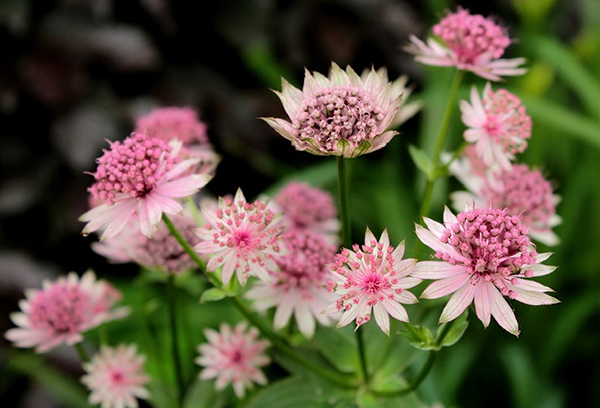
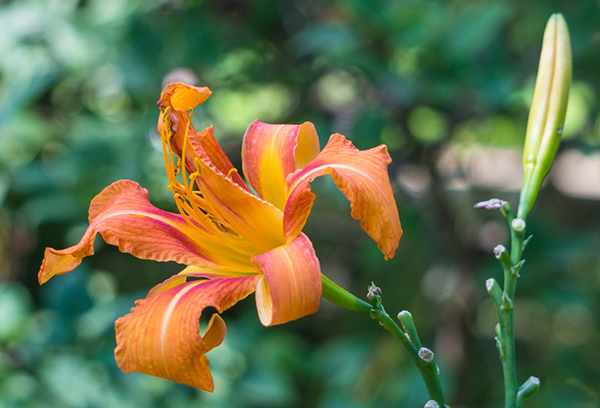
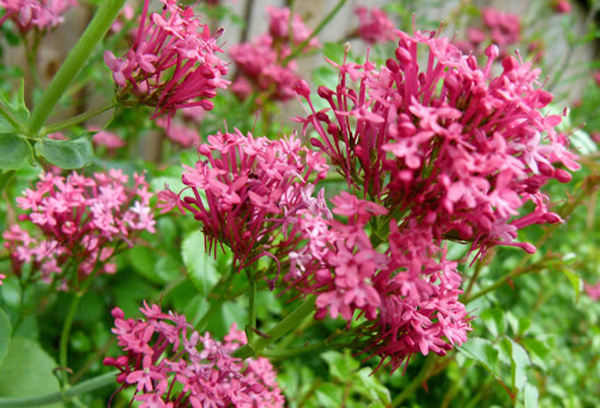


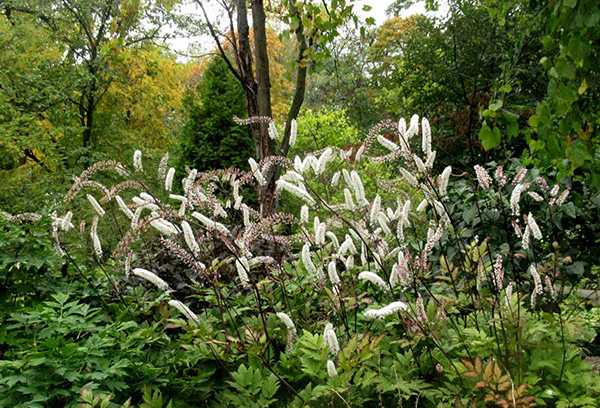
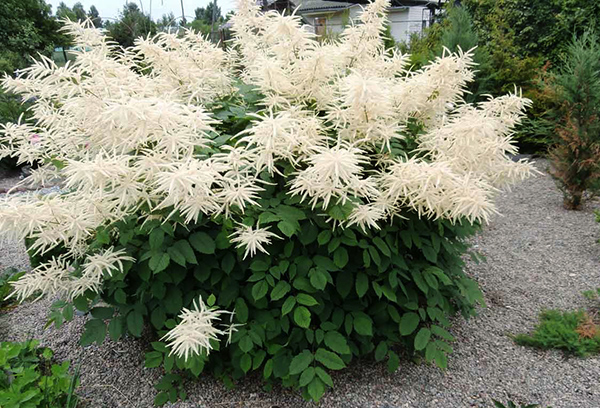
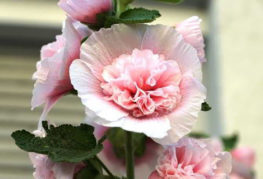
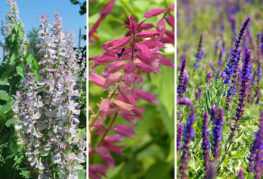
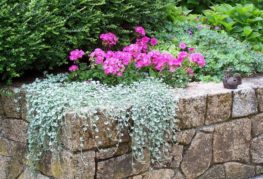
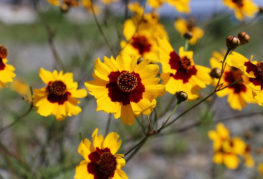
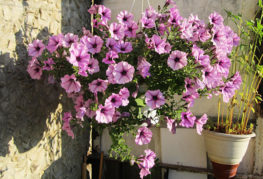
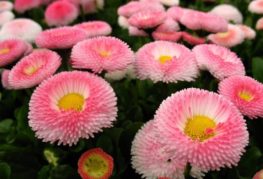
and will be published shortly.